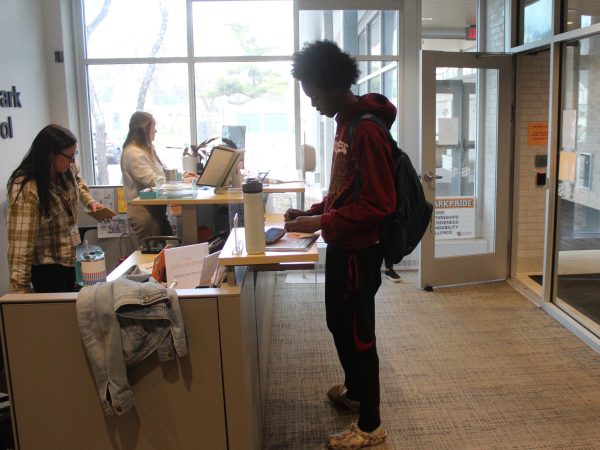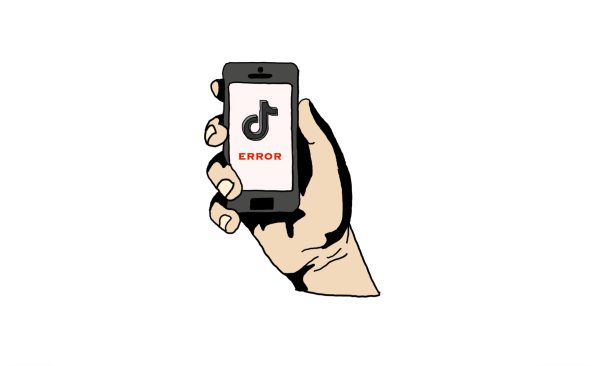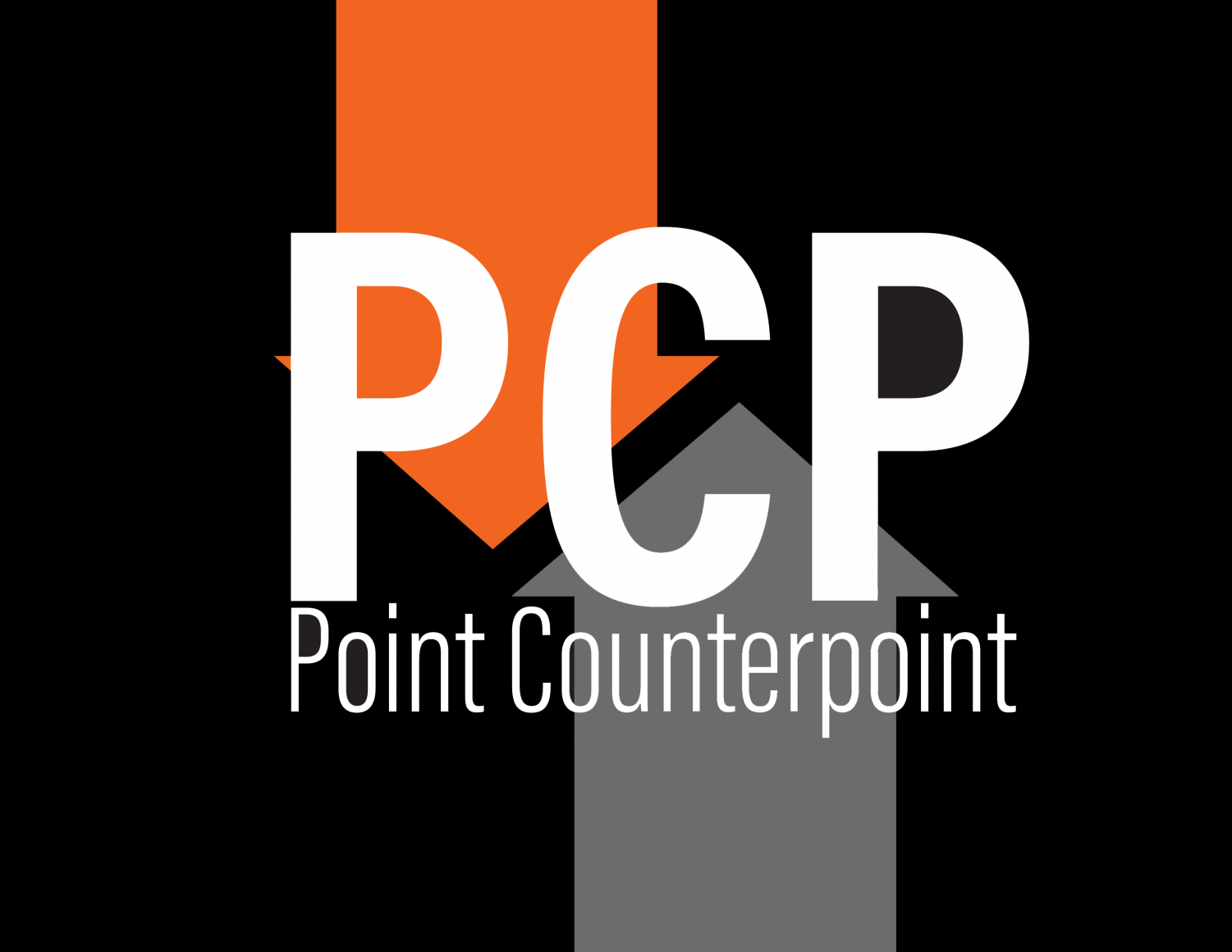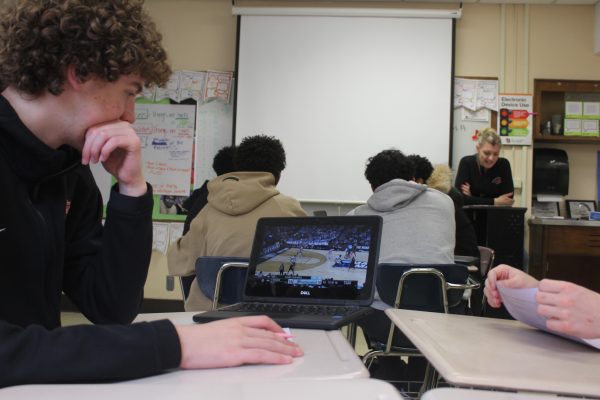Schools need educational equity
ACT achievement gap proves need for new policies
October 22, 2015
Minnesota has a racial disparity disaster in education.
Minnesota schools don’t have adequate resources or training to work on educational equity, and there is not sufficient funding for early childhood education.
For the 10th straight year, Minnesota’s average score on the ACT led the nation, according to the 2014 ACT’s State Profile Report.
However, Minnesota has a serious achievement gap problem. The average scores from Minnesota are 23.7 for white students, 19.8 for Hispanic students and 17.9 for black students. This is the largest achievement gap in the nation.
Racial inequality isn’t a new phenomenon, but it’s time Minnesota takes a step toward improving equality in schools.
Test reform or a new education law won’t solve this issue. A number of steps are needed to help students of color get ahead from a young age through high school.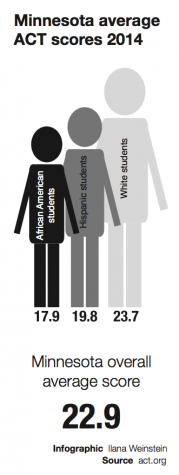
Expanded early childhood education and pre-K funding, along with resources for schools that need help with education equity are two positive starting points.
There are countless steps that need to be taken in order to improve education for all of Minnesota’s students, from pre-K through high school graduation.
First, state government and taxpayers need to fund free early childhood care and improve pre-K for all Minnesota children.
When students are in school all week from a young age, they learn better study habits, which persist throughout their lives. Additionally, it allows parents to put their children in a safe learning environment.
The Minnesota State legislature should enact laws to hold schools accountable for closing the achievement gap in elementary, middle and high schools. Each year, schools should report achievement in regard to white students compared to students of color. Schools who are not up to standard should be given resources to improve, along with state-provided equity training for administrators and teachers.
Nationally, students of color score 5.3 points lower than their white peers, while in Minnesota, the gap is a half of a point bigger, at 5.8.
The state should strive to provide a quality education to students of all races, because more students will be able to get jobs that require education and put money into the state’s economy. It’s inexcusable that more than 50 years after the passing of the Civil Rights Act, people of color are still disadvantaged. It’s time for true racial equality, which begins with fairness in education.




